Editor’s note: The following is extracted from The Saga of Pappy Gunn, by General George C. Kenney (published 1959).
(Early 1942 in Australia)
Pappy had the reputation of being a human homing pigeon, and he was continually being called on to lead our other pilots who were not familiar with the geography of the south west Pacific. Furthermore, no good maps were available, so a good flying guide such as Pappy came in pretty handy, but his methods of navigation were truly remarkable and formed the basis of many stories told by everyone who ever flew with him.
Major Tom Gerrity, an old fellow member of the 3rd Attack Group, says: “He never made any extensive preparations for a flight of any distance no matter where he was going. I recall one particular flight on which I accompanied him. This flight was from Brisbane, Australia, north to Townsville on the east coast en route to New Guinea. We were flying along at low altitude. Pappy seldom flew above five hundred feet. As we passed over the ground that was entirely unfamiliar to me I asked Pappy where we were and how he knew the direction to Townsville. At that point Pappy reached over to his navigation kit. As I looked into it when he opened it, I saw that it had no maps. However, it had a large bottle labeled ‘Panther Juice.’ Pappy pulled out the bottle, pretended to drink from it, then lifting his nose in the direction of flight and taking a long sniff, he said, ‘Directly ahead of us is where we want to go.’ Of course by this time I was somewhat doubtful of Pappy’s navigation technique. I asked how this established the direction we should take. Pappy said, ‘Well, some weeks ago I flew over this area and there was an old dead cow just ahead. I am following the smell.’ In spite of such extraordinary navigation methods Pappy always got to his destination without any error. I never did see him refer to a map, yet on many flights with him I never found any error in his navigation. He apparently used that very old method of memorizing the terrain.”
For the next month or so there is no official record of Pappy’s actions, but he was too impatient to remain inactive. There is a story, however, that may or may not be true, but it sounds enough like him to be factual. According to the tale which I could never get him to confirm Pappy joined the Australians and flew a Boomerang[1] fighter in the defense of Rabaul, the big port on the island of New Britain. The Boomerang was really nothing but a training plane with guns mounted on it and was no match for the Jap Zeros when they came in to cover the Jap troop landing. Most of the Boomerangs were shot down that day and among them was Pappy. He had managed to shoot down one Zero fighter when his engine was set on fire by a burst of machine-gun bullets from another enemy plane. Pappy took to his parachute and landed in the jungle about ten miles from Rabaul. For the next two weeks he made his way through the interior of the island and along the south coast until he reached the little settlement of Gasmata where he joined some other Australians and was evacuated to Australia in a flying boat.
During that two weeks’ trip, according to the story, Pappy had lived on a diet that would probably have killed anyone else. For a day or two he had nothing but coconuts, but these soon made him sick. He ate jungle berries that he noticed the birds were eating and even grubs. The birds were eating these, too, and Pappy figured that if they could live on them so could he. One day he managed to kill a small boa constrictor. The meat didn’t last very long but he got several good meals from the snake. Once he reached the coast he tried supplementing his diet with shellfish, but whether they were not the kind to be eaten or his stomach was too weak to handle them, he had to give them up as they made him sick. He learned a lot about jungle survival, but when he arrived in Gasmata he had dropped about twenty-five pounds.
While Pappy rarely told the actual facts of any of his exploits and adventures I am inclined to believe there was something to this story. Many times at mess he would test the stomachs of newly-arrived members of the squadron by describing the flavor of grubs, worms, and boa-constrictor meat. There were all kinds of bugs and beetles, too, he claimed, that would keep you alive if you just didn’t eat the heads of some varieties or the tails of others. In a serious vein I’ve heard him instruct pilots how to live in the jungle in case they were forced down or had to parachute, and there were dozens of instances where his advice was followed and these youngsters survived and made their way back, some of them taking weeks to work their way home through the New Guinea jungle.
____________________________
[1] Gunn would have been flying a Wirraway armed trainer at the Battle of Rabaul in January 1942. The Boomerang fighter did not enter service until October. (ed.)

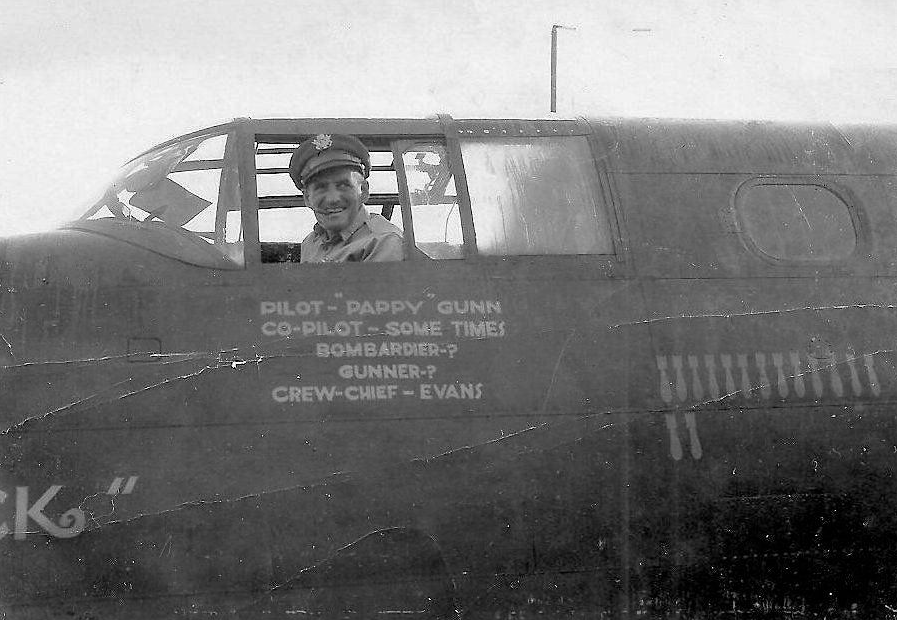

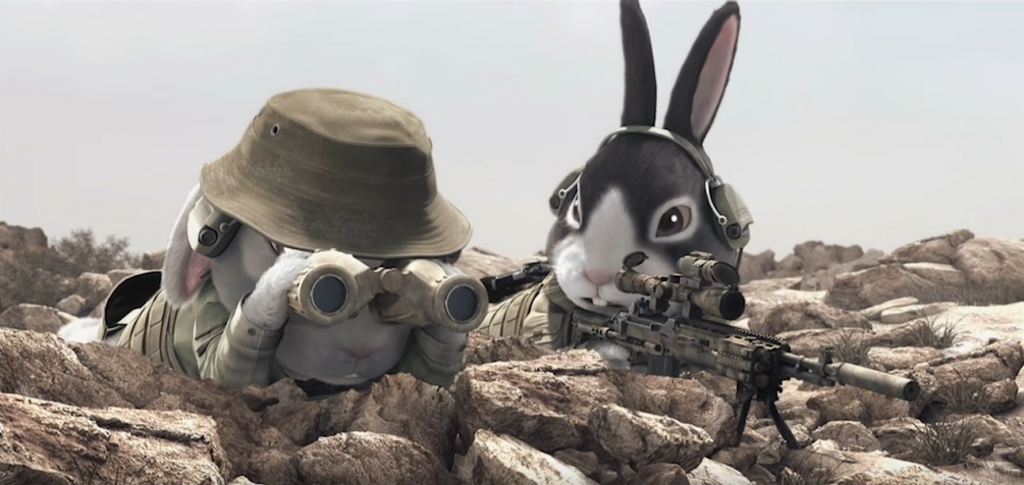


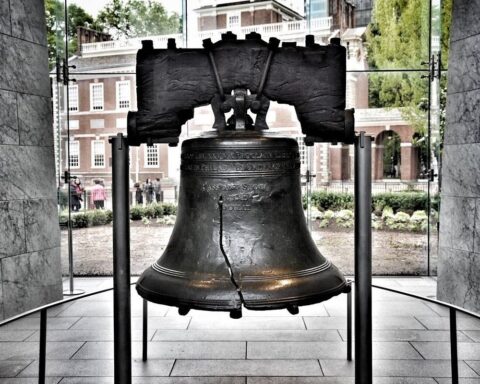
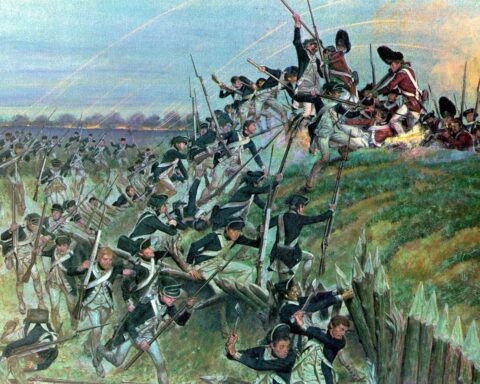
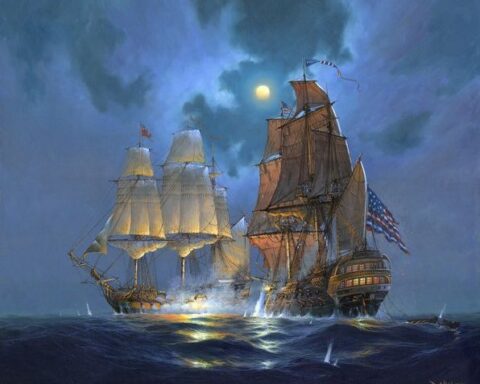
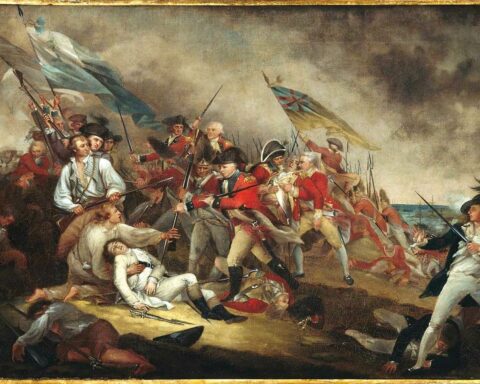
5